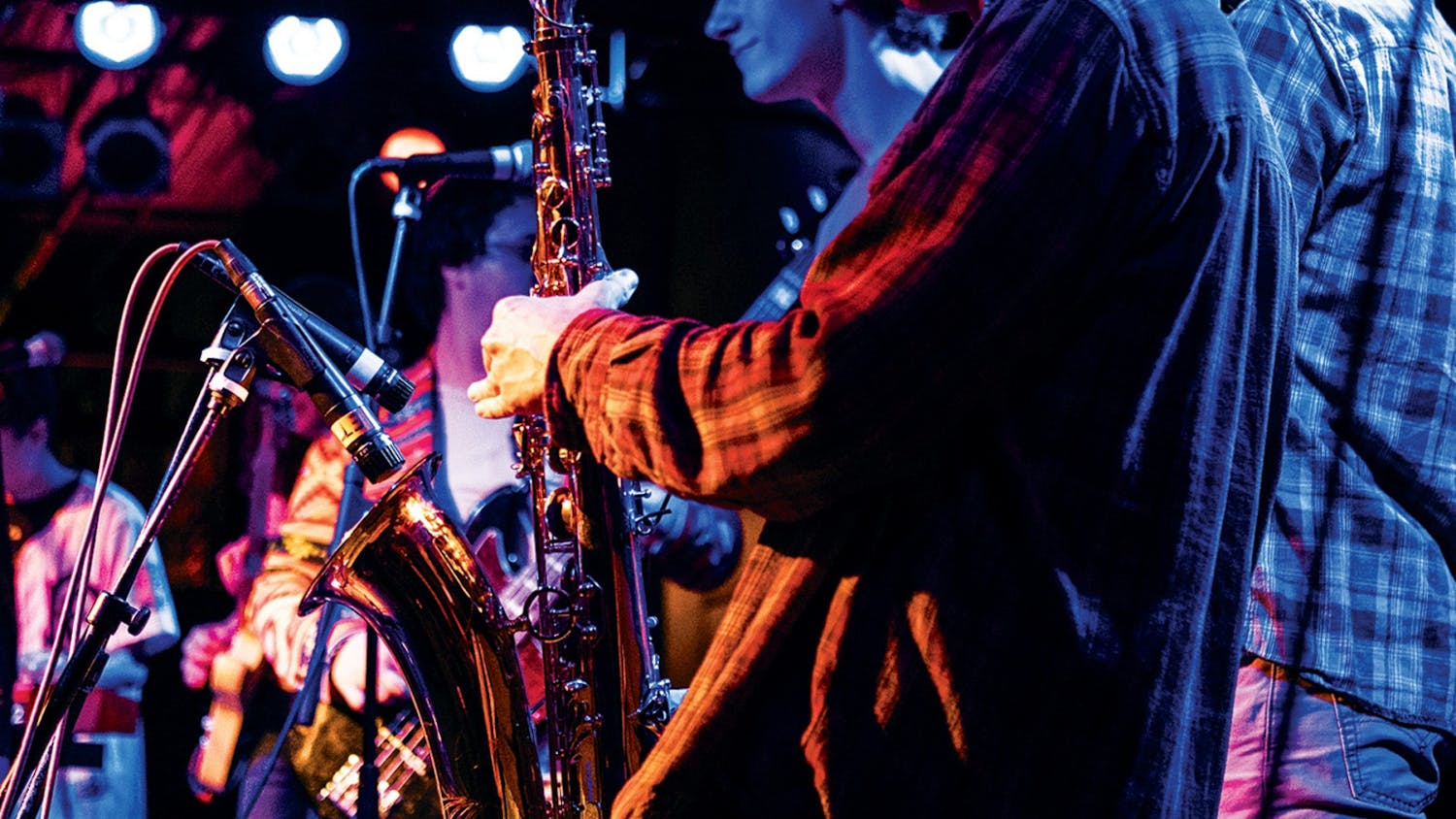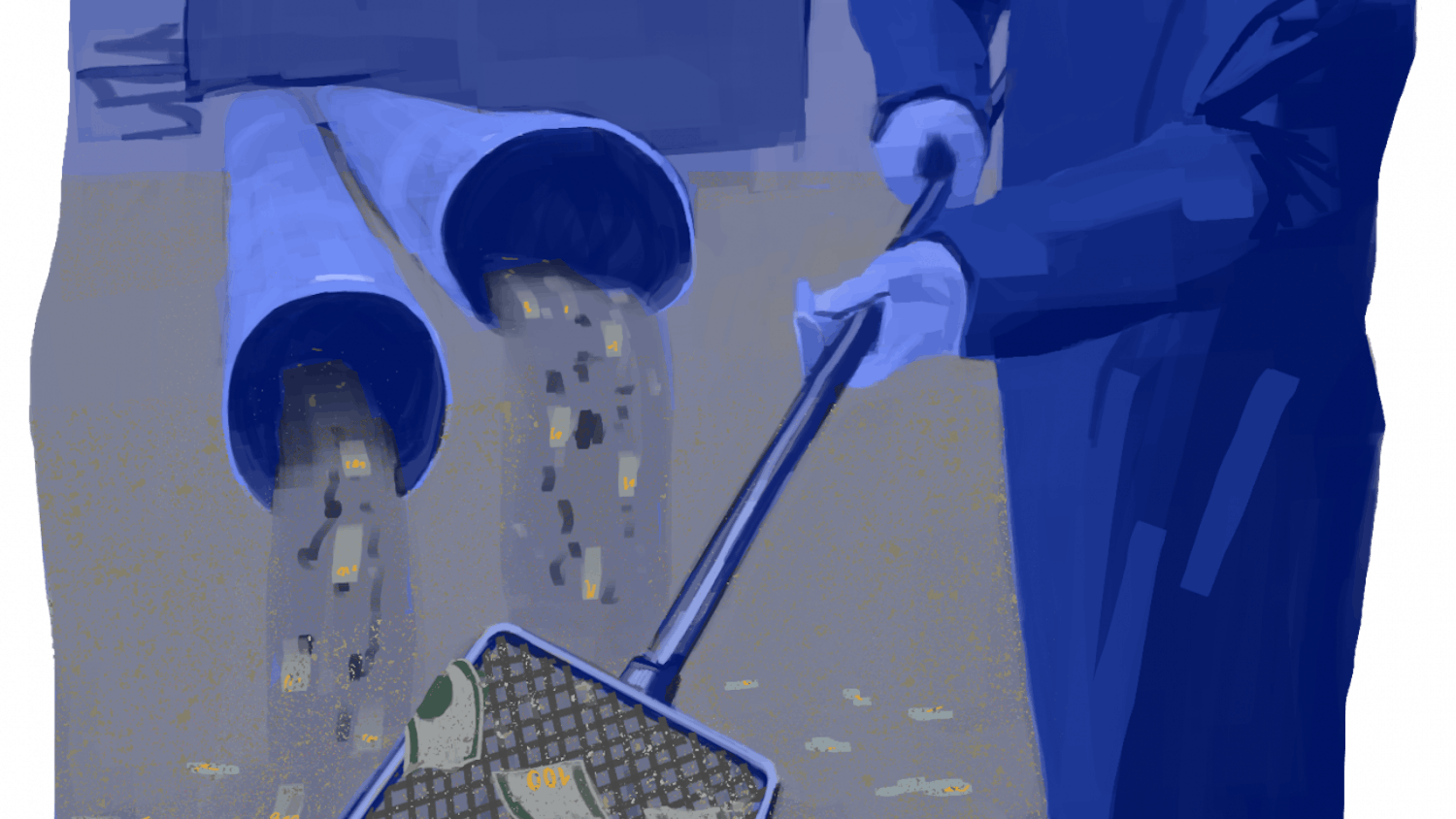Though many students only venture to J. Walter Wilson to attend classes and collect Amazon textbook shipments, Brown Pen Pals is giving students a reason to check their mailboxes again.
Meia Geddes ’14 and Nestor Noyola ’14 are bringing letter-writing back to life at Brown through the group, which started last semester. Brown Pen Pals became an official non-funded Category I group this January and is continuing to pair up interested, anonymous participants to facilitate a relationship through the written word.
Pen to paper
Geddes, a former Herald staff writer, said she conceived the idea at the end of her sophomore year. When she mentioned it to her friend Noyola, his enthusiasm was immediate, she said. Noyola, who has corresponded by mail with a high school friend for three years in college, said one can “achieve very different conversations” and “connect at a much deeper level” by writing letters instead of texting or emailing. These digital methods lack the permanence and weight that letter-writing requires, Noyola said.
“I was excited when Meia wanted to bring that element (of physical letters) to Brown,” he said.
Though some participants in the group sampled pen pal correspondence in elementary school or high school, they said writing letters has become a much more intense and insightful experience as they grow older and busier.
“Putting words in ink allows me to be much more open and think about what I’m saying,” letter-writer Jonathan Rubins ’16 said. But the letters are “pretty sporadic,” he added, noting he receives letters from his pen pal about once every two weeks.
“Every time I send a letter, I end up checking my mailbox a lot more,” he said.
Pairing up
Geddes and Noyola sent out a preference form to their new members before setting up pairings, asking them to specify how often they would write, on a scale from “Avid” to “Once in a Blue Moon.” The form also asked future letter-writers to specify their semester level, gender and preferences for their pen pal’s gender and meeting frequency. Expected frequency of writing is the most important factor in pairing pen pals, Geddes said.
The form also featured open-ended questions about what writers would like to discuss with their pen pal.
“You get a lot of philosophers,” Geddes said. “(The participants are) interested in philosophy, big questions of life, relationships, classes, religion.”
Geddes and Noyola matched up the pen pals by hand. Eschewing complex computer functions, the two coordinators printed out their Excel spreadsheet of participant preferences and cut each participant’s name out into strips. They matched these strips one by one, pairing the individuals with tape.
Sincerely, Anonymous
But the logistics of starting the group were complicated, Geddes said.
“I wasn’t sure if it would work because of the anonymity of it all,” Geddes said. Mail without return addresses is generally suspect in the U.S. Postal Service, but due to the cooperation of the Brown University Mail Services staff, Brown Pen Pals are able to maintain participants’ anonymity.
Rubins said the anonymity of having a pen pal has been liberating. He said he still hasn’t seen the pen pal to whom he’s been writing since last semester.
“It’s a lot more honest,” Rubins said. “I say things I don’t even want to admit in my own head.”
He also noted how quickly the contents of his letters became intimate. He and his pen pal began with brief introductions and discussed their interests and activities, but their correspondence soon escalated to discussing personal thoughts, he said.
Michelle Zheng ’16 shared Rubins’ enthusiasm for the system’s anonymity. Both she and her pen pal from last semester have decided to put off meeting until May, because not knowing has been “too much fun.”
“You can be very selective with what you convey,” Zheng said. “It’s been interesting to get to know this person from the perspective of just their brain.”
“It’s not scary,” Lauren Galvan ’16 said about not knowing the identity of her pen pal. “It’s exciting and different.”
Though the prospect of meeting with their pen pal would be exciting, writers expressed concern that connecting in real life would end the letter-writing relationship.
“It wouldn’t be anonymous anymore,” Galvan said. “You would begin conversing with them over email or text (messaging).”
Rubins’ friendship with his pen pal is quite unlike his friendships in the real world, he said.
“I don’t know too many superficial details about him,” Rubins said, adding that they now share personal reflections rather than personal details. “It’s a type of friendship you wouldn’t get by meeting a person right away.”
Zheng said when she finally meets her pen pal she predicts, “we’re going to be such good friends because we have so much in common.”
For now, Rubins said, there is the added suspense of not knowing who his pen pal is.
“This person might be in one of my classes, and I would never know it,” he said.
Looking forward
Participants were enthusiastic about the program and encouraged more students to join.
Brown Pen Pals currently has more than a hundred participants, the coordinators said, and more people have been signing up. They have considered expanding to other college networks and to alums, but due to the anonymity clause, they said it might be difficult.
“Brown Pen Pals is all about connecting people,” Geddes said.
A previous version of this article incorrectly implied the Brown Pen Pals group does not include alums. In fact, several alums are participating in the program this semester.
ADVERTISEMENT




